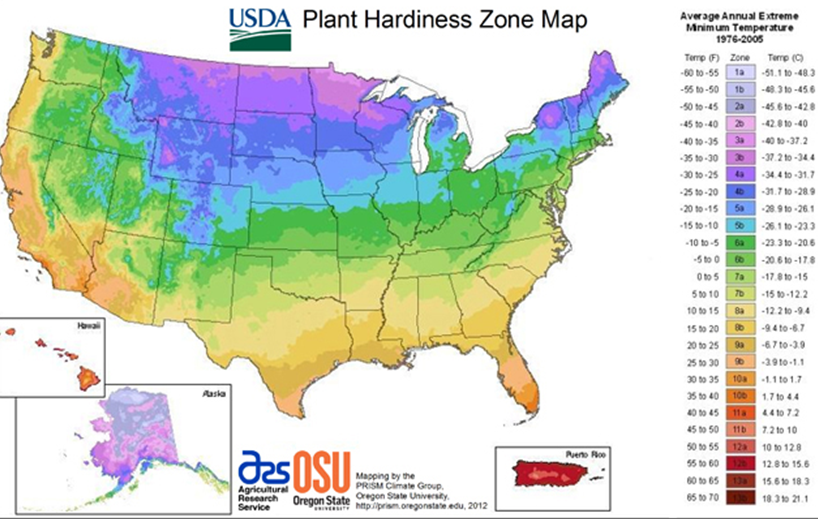Mild winters and early springs - trend or rarity?
Diversity, Equity, and Inclusion (DEI) Task Force
Important: The GLOBE DEI Task Force has transitioned into the GLOBE Diversity, Equity, and Inclusion Working group. For all current information related to DEI at GLOBE, check out the GLOBE DEI Working Group page.
With the support of GLOBE Program Sponsors from NASA and NSF, in the fall of 2019 the GLOBE DEI Task Force was formed with the goal of creating a GLOBE statement and implementation plan on Diversity, Equity and Inclusion. In February 2020 the group met in Boulder, Colorado for a DEI workshop, and to begin working on these statements. This group has met monthly ever since to collaboratively produce the statements shown below. These statements and action plan were presented to the GLOBE Community at the 2020 Virtual Meeting. A recording of this presentation can be found on GLOBE's Annual Meeting videos page.
DEI Task Force Members
| Shadrack Agyiri (Ghana) | Jill Karsten (USA) |
| Jennifer Bourgeault (USA) | Julie Malmberg (USA) |
| Katie Chapman (USA) | Josette Neal-De-Stanton (USA) |
| Kimberly Davis (USA) | David Padgett (USA) |
| Mindi DePaola (USA) | Richard Parsons (USA) |
| Francis Emralino (Philippines) | Marina Pavlic (Croatia) |
| Wrayna Fairchild (USA) | Ana Prieto (Argentina) |
| Trena Ferrell (USA) | Nate Raynor (USA) |
| Rosalba Giarratano (USA) | Juan Felipe Restrepo Mesa (Colombia) |
| Kate Goss (USA) | Elena Sparrow (USA) |
| Nikitah Imani (USA) | Josephine Joy Tolentino (Philippines) |
Action Plan (detailed):
- Create DEI Working Group
- Administer DEI Assessments
- Build a DEI Standard Operating Procedure (SOP)
- Develop DEI based Resources
- Establish DEI Training Opportunities
- Form DEI Supportive Partnerships
- Find funding for DEI
- Communicate DEI Initiatives
To see translations of the draft DEI Definitions, Mission, Vision and overview of the Draft Action Plan, click here.
Recent DEI-Related Blog Posts








